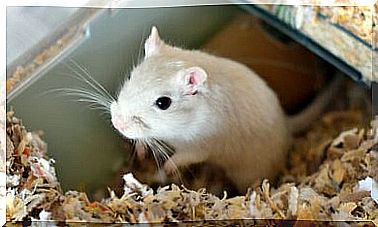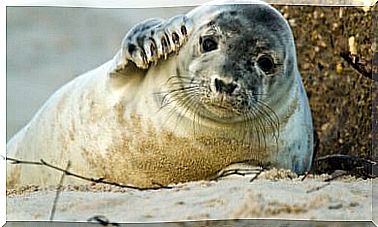White Spot In Fish: Causes, Symptoms And Treatment
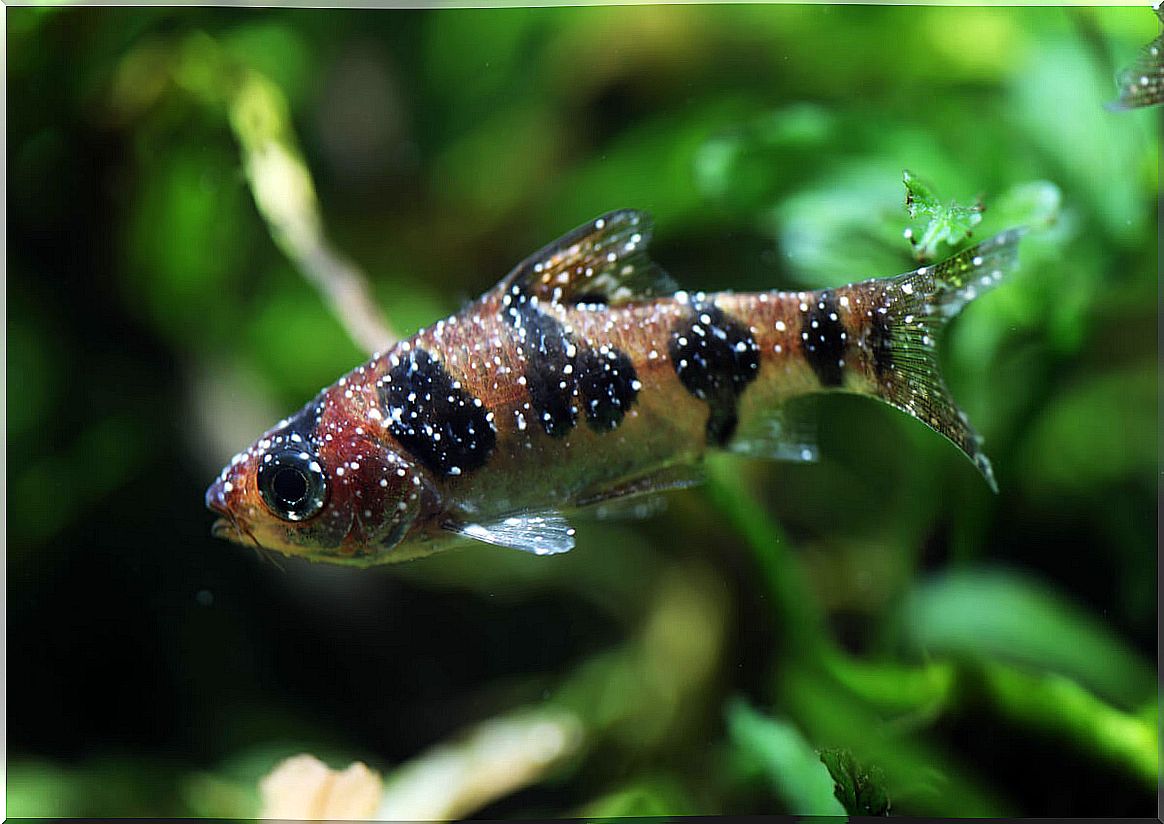
White spot in fish is defined as a parasitic disease caused by the ciliated protozoan Ichthyophthirius multifiliis. This pathogenic agent is transmitted in the aquarium by the introduction of infected fish, changes with water in poor condition or by the use of contaminated instruments.
Not only aquarists fear this annoying parasite, because when pests occur in fish facilities, the mortality rate of the fish can reach 100% without proper treatment. It goes without saying that this entails very high economic losses for professionals in this field.
For this reason, knowing the symptoms, causes and treatment of the white point is essential. If you notice a series of white pits on the fish in your aquarium that won’t go away, it ‘s time to sound your alarms. Don’t worry, here we tell you what to do in this case.
Meeting the parasite
The first step in the treatment of any disease is to know the causative agent, and therefore, we begin by summarizing the characteristics of Ichthyophthirius multifiliis. We are facing a ciliated protozoan one millimeter in diameter and ectoparasitic in nature, since it feeds on the cellular remains of the fish’s skin – adhering to it.
In addition, this protozoan has a direct life cycle, as it does not require intermediate hosts to develop. The parasite goes through three different stages: attached to the animal’s skin, free-living with swimming capacity, and as a cyst at the bottom of the aquarium.
Scientific sources emphasize that the duration of the life cycle of this organism largely depends on the temperature conditions and other parameters of the water. For example, at 25 degrees Celsius the parasite goes through all its phases in a week.
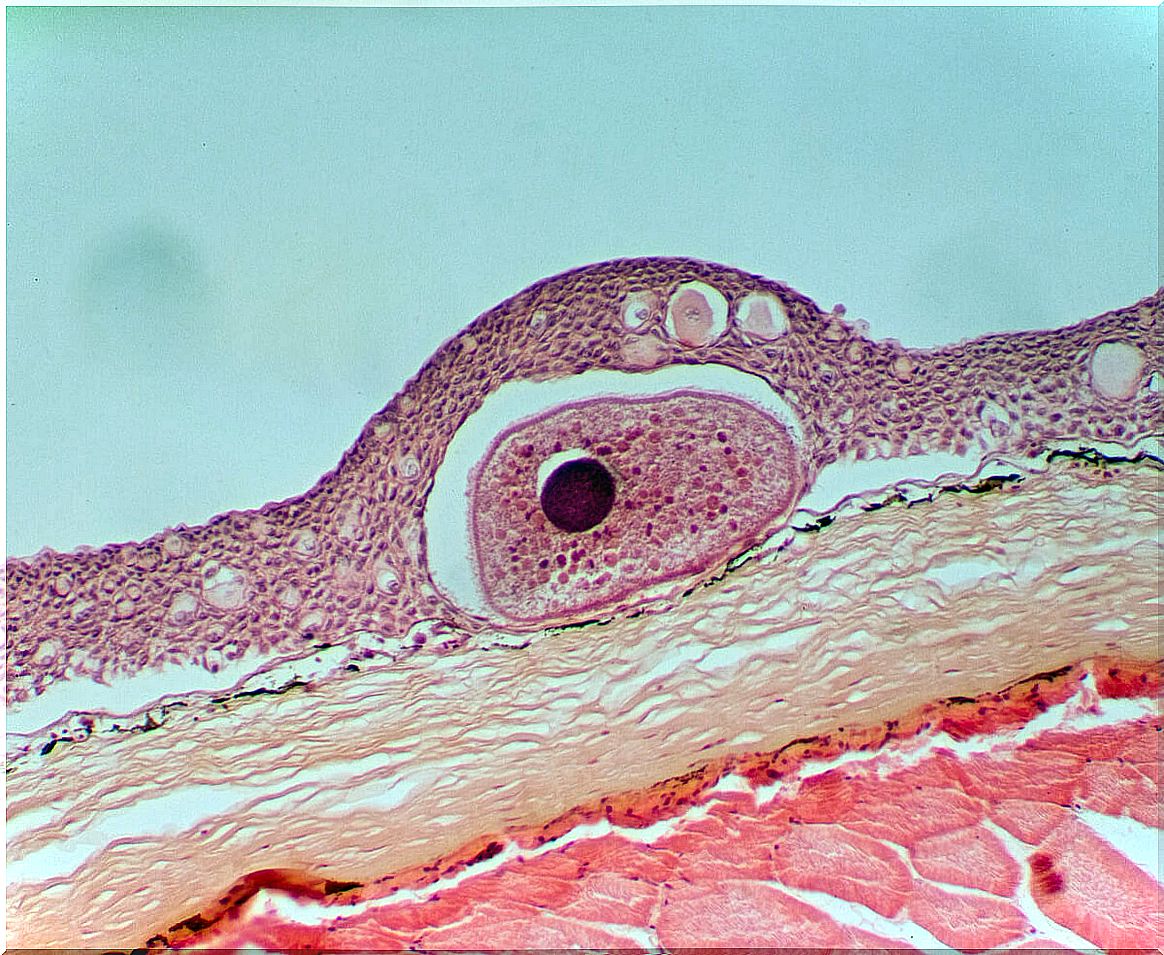
Symptoms
As we have said previously, the appearance of white spots on the surface of the animal is the clearest sign of infection. Each of these pits corresponds to a trophont, the intraepidermal parasite that is feeding on the epithelial cells of the fish.
Beyond this, multiple veterinary journals pick up other typical symptoms of the disease. Some of them are the following:
- Anorexia – The infected fish experiences a marked loss of appetite.
- Hyperventilation: when the parasite lodges in the gills, the animal has difficulty breathing underwater. For this reason, it is common to see infected fish taking breaths of air on the surface of the aquarium.
- Abnormal behaviors: as it happens with humans when we are sick, the rest of the animals also isolate themselves and reduce their activity in order to combat the pathology.
- Continuous scratching: It may seem strange, but the fish are capable of scratching themselves with the decoration or the stones of the aquarium. This is an attempt to get rid of the parasite, since of course the affected area causes them discomfort.
Typically, the infection begins with a few small spots spread across the surface of a single fish. However, if the pathology is not tackled quickly, a real disaster can occur in the entire aquarium in a matter of days.
White spot treatment
The first step in almost any parasitic infection is to raise the temperature of the water – within the limits of the fish, of course. This accelerates the biological cycle of the parasite and promotes its shedding from the host’s skin, at which point it is most vulnerable.
Quinine sulfate, mercurochrome or malachite green are the drugs of choice for this type of epidemic in the aquarium. Each of the drugs has its specific strengths and doses, but generally they must be applied more than once to achieve their maximum effect.
It is also necessary to emphasize that these treatments are not without side effects, as plants can be damaged and the balance of the aquatic ecosystem is altered. Unfortunately, there is no other choice, so this imbalance will have to be tackled – once the disease is overcome – with gradual water changes.
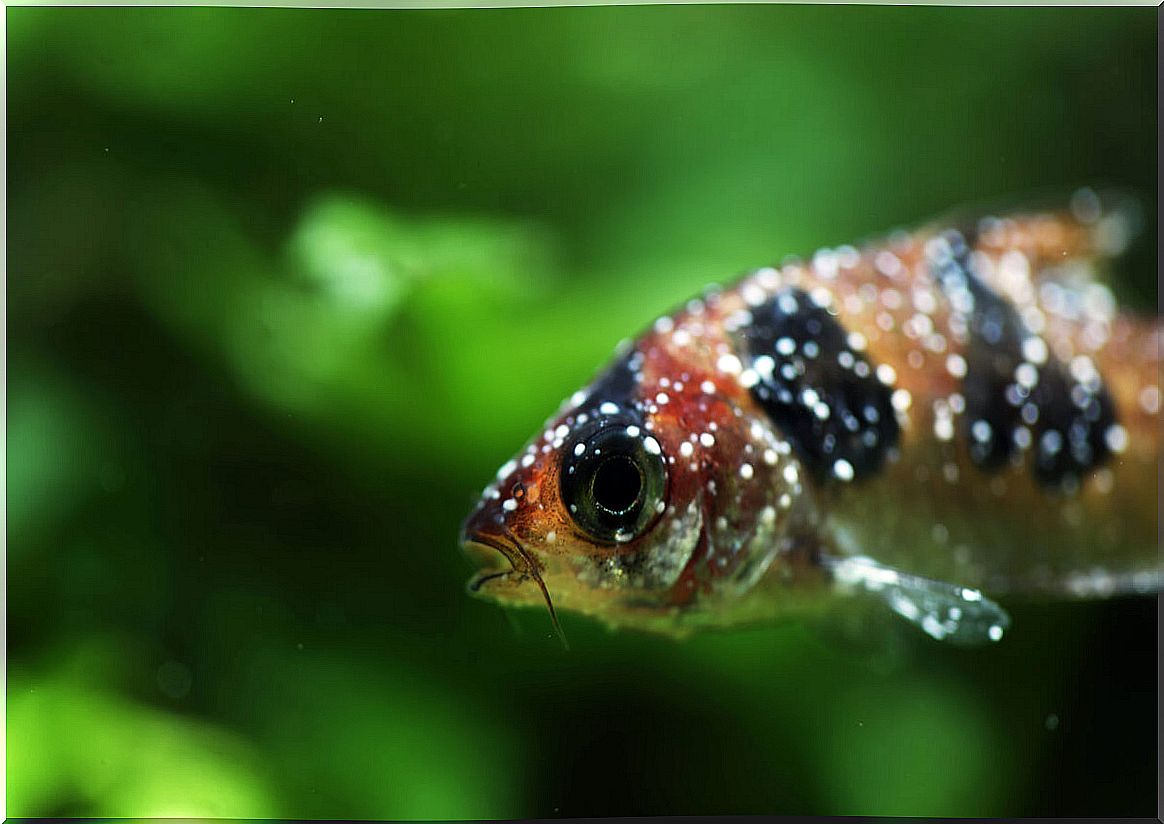
A race against time
As we have seen in these lines, the white point in fish can be stopped if the infection is detected in time. Unfortunately, in many cases guardians tend to dismiss the disease and only realize that something is wrong when it is too late.
There are multiple commercial treatments that have a high success rate in combating this parasite. For this reason, it is necessary to pay attention to the health status of the aquarium members to detect this type of pathology as soon as possible.



